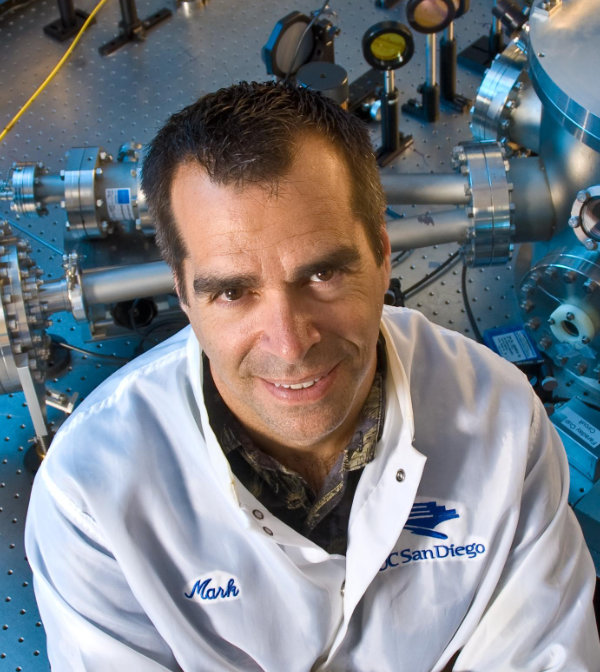Active 1995 - 2016; Emeritus 2016
Dr. Mark S. Tillack transferred to UC San Diego to join the newly-formed fusion program in 1994, leaving his position at UCLA to pursue new opportunities and research independence. Dr. Tillack attended the University of Wisconsin Madison as an undergraduate majoring in Nuclear Engineering and, with a research assistantship providing the needed financial assistance, was able to attend MIT for graduate school. During his time at UCSD he remained a member of the Mechanical and Aerospace Engineering department, served as an Associate Director of the Center for Energy Research (CER) and was a member/chair on various committees.
Dr. Tillack spent over 20 years at UCSD working on fusion nuclear technology and applied plasma physics. He was one of the leaders of the US national program on conceptual design of commercial fusion power plants, which provided visions for an attractive fusion energy source. His research on fusion also included technology R&D for both magnetic and inertial fusion reactor chambers. When interest in extreme ultraviolet lithography was expanding as the next step for semiconductor manufacturing, Dr. Tillack leveraged the capabilities of his “Dragonfire Laser Lab” to contribute fundamental advances in the area of laser-produced plasma light sources.
As a research scientist and lecturer, his contributions at UC San Diego spanned a wide range of topics working in collaborations with professional researchers, faculty and students. Some of his most memorable experiences at UCSD involved events, such as hosting conferences and symposia. Hosting events with hundreds of participants can be quite stressful, but equally satisfying after a successful conclusion. He reflects that one of the things you can experience as a researcher at a university like UC is the opportunity to travel the world; as he has met people around the globe, basically becoming a “citizen of the world”. This kind of job is a great opportunity for people who want to see the world.
Retirement provides an opportunity to reflect over an entire career, as well as the many changes in science and society over that period. Fusion energy is currently undergoing a radical shift from government-funded science programs to privately-funded commercial R&D. In this field, one can connect the dots from basic science to emerging applications and take pride in past contributions and achievements that remain relevant even today. In the field of EUV lithography, the fundamental research we performed only 10 years ago at UCSD already is being used widely in the manufacturing of cutting-edge electronic devices.
People still read publications authored by Dr. Tillack and sometimes discover he's still alive and want to meet him. He gets emotional when someone in their 20s, 30s or 40s wants to meet because they've read his research results. In addition to research, he had the opportunity to work with students and mentor them as an academic advisor. Over time he saw the impact he had on careers, helping them to achieve success. Dr. Tillack still interacts with former students and postdocs and takes pride in their successes.
Advice he offers to current faculty: Academic research scientists experience the university environment very differently than ladder-rank professors. Their smaller number and relative independence result in limited opportunities for peer mentoring and engagement. Academic researchers constitute a largely untapped resource available for expanded integration into academic life at the university.
